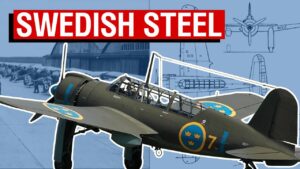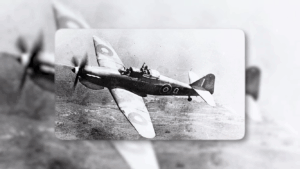Why Every WWII Crew Member Hated Being a B-17 Gunner

Unbelievable true stories / YouTube
A Deadly Role in the Air War
Bomber crews had some of the highest casualty rates in World War II. About 51% of airmen in bomber units were either killed, wounded, or captured, and thousands more died in training accidents before even seeing combat. Only about 20% made it through their service without injury, at least physically. Since more than half of bomber crews were gunners, their chances of survival were even lower. Their role was essential to the bomber’s defense, but it came at a high cost.
By 1943, the British and American air forces had intensified their bombing campaign against Germany. American B-17 Flying Fortresses and British Avro Lancasters were sent deep into enemy territory to destroy key military and industrial targets. The British bombed at night, while the Americans carried out their missions during the day. At first, this tactic worked well, as early missions faced little resistance. However, as Germany adapted, the skies became far more dangerous for bomber crews.
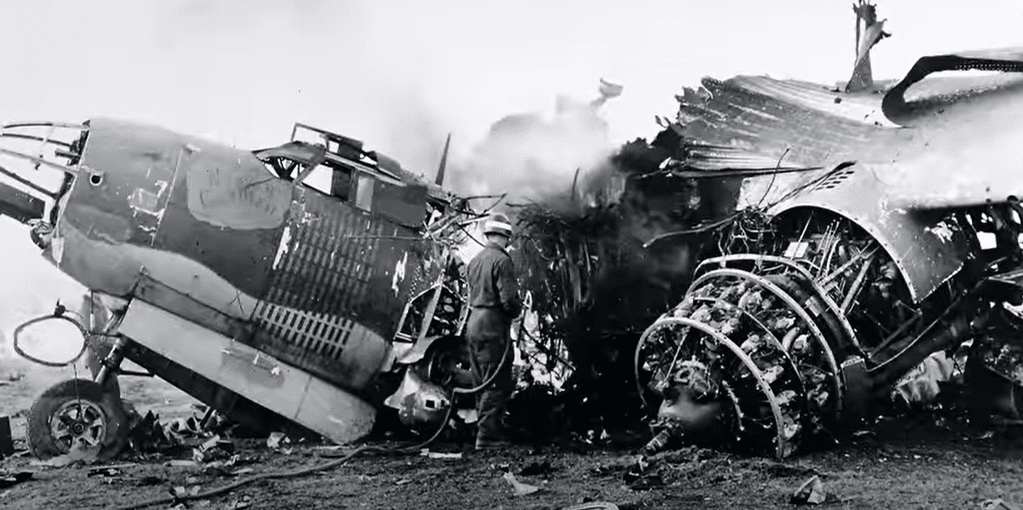
Facing the Luftwaffe’s Defense
At the start of the campaign, U.S. commanders believed that tight bomber formations and multiple machine guns would be enough to defend against enemy attacks. This idea quickly fell apart when Germany redirected its experienced fighter squadrons from the Eastern Front to intercept the bombers. The results were devastating. Some missions saw entire squadrons wiped out, with dozens of aircraft lost in a single raid. Even with up to 13 machine guns on a single B-17, they were no match for coordinated German attacks.
Fighter escort was the best defense against these attacks, but early in the war, American fighters lacked the range to follow bombers deep into Germany. Bombers were forced to fly unprotected through the most dangerous parts of their missions. The U.S. military attempted to solve this with the YB-40, a modified B-17 designed to act as a heavily armed escort. However, once the standard B-17s dropped their bomb loads, they became lighter and faster, leaving the slower, heavily armed YB-40s behind. The concept failed, and bomber crews continued to suffer high losses until long-range fighters like the P-51 Mustang and P-47 Thunderbolt were introduced.
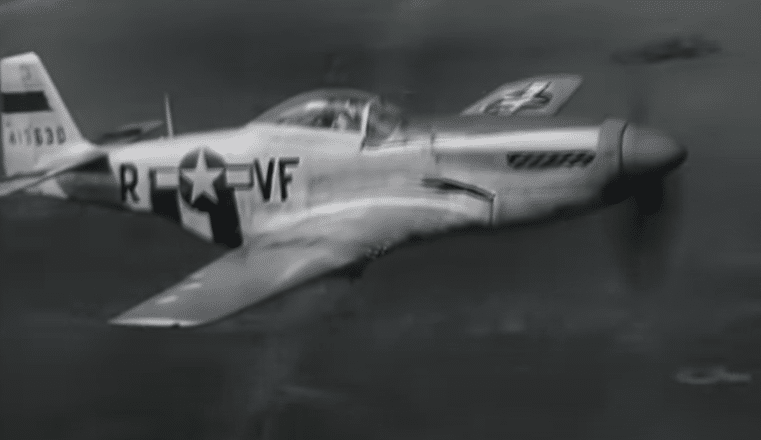
The B-17’s Defensive Firepower
B-17 gunners were responsible for defending the aircraft from all angles. The plane carried up to 13 .50 caliber machine guns, positioned to create overlapping fields of fire. Five crew members were designated gunners, but others, including the navigator, radio operator, and bombardier, manned guns when under attack. The only crew members who did not fire weapons were the pilot and co-pilot.
The aircraft had six key gun positions. The nose turret, located in the front of the plane, housed two machine guns operated by the bombardier or navigator. Below it, in later B-17 models, a chin turret was added for better forward defense. The top turret, positioned behind the cockpit, was manned by a gunner who could rotate 360 degrees to cover attacks from above. Waist gunners, stationed on either side of the aircraft, had single machine guns mounted in open windows, making them highly exposed. However, the most infamous positions were the tail gunner and the ball turret gunner.

The Isolated Tail Gunner
The tail gunner was positioned in the rear of the aircraft and was often the first target for enemy fighters. He was completely isolated from the rest of the crew and had to crawl through the narrow tail section to reach his seat. Because space was tight, he usually detached his parachute, keeping it nearby in case he had to bail out. In a burning, spiraling aircraft, escaping from the tail section was nearly impossible.
Despite these challenges, the tail gunner played a critical role. Since he fired directly at incoming enemy planes, he did not need to adjust for bullet deflection as much as waist gunners did. This made his fire more accurate, making him a priority target for German pilots. Armed with two .50 caliber machine guns, he sat in a cramped, unprotected space, relying on a small armored plate and an armored glass panel for defense. Against the firepower of enemy fighters, this provided little safety.
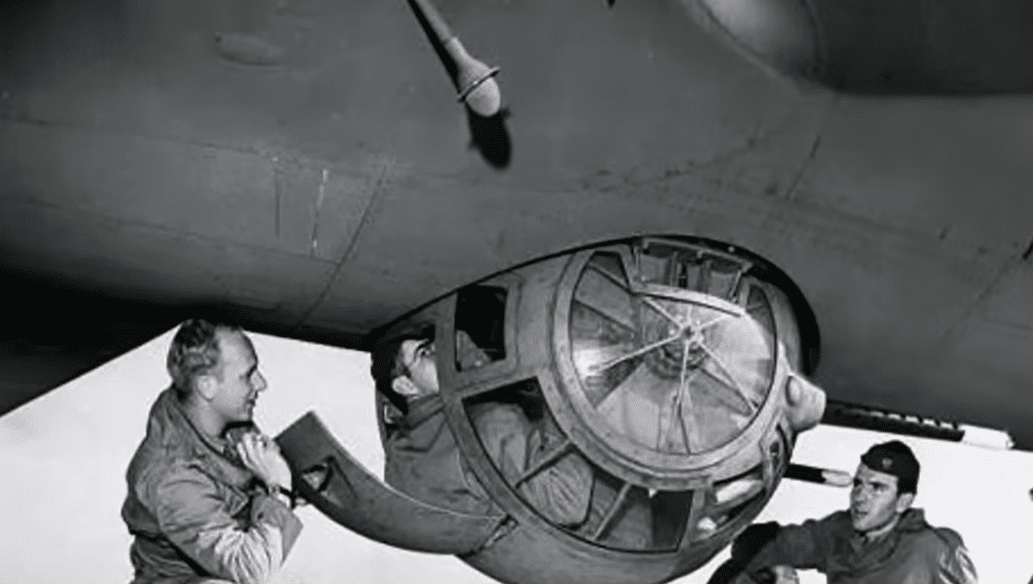
The Terrifying Ball Turret
The most feared position was the ball turret. This small, rotating gunner’s pod was attached to the underside of the aircraft. It housed a gunner curled into a fetal position, operating two machine guns with hand controls. To enter, he had to squeeze through an opening and sit with his knees bent toward his chest. Once inside, he was locked into place for the duration of the mission.
The ball turret gunner was entirely exposed, protected only by a thin layer of glass and metal. If the aircraft was hit, there was little chance of escape. In some cases, landing gear damage left the ball turret unable to retract, forcing the gunner to stay inside while the bomber crash-landed. Some crews had to make the devastating decision to leave the gunner behind when the turret was jammed.
One of the most well-known accounts of a ball turret gunner’s fate comes from poet Randall Jarrell, whose poem “The Death of the Ball Turret Gunner” describes the helplessness of gunners trapped in their turrets. Many did not survive, either shot down in combat or unable to escape a burning plane.
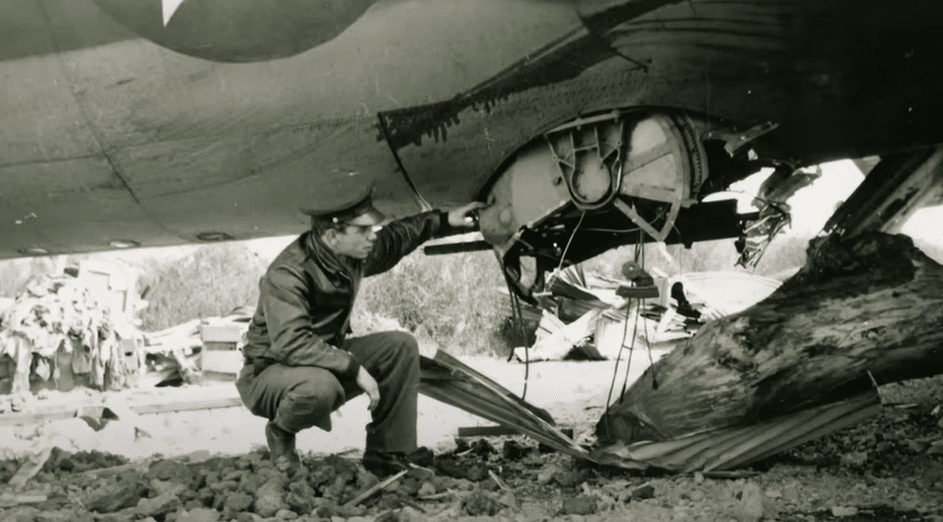
Why B-17 Gunners Had One of the Worst Jobs
Despite the risks, B-17 gunners were expected to keep firing until their aircraft could no longer stay in the air. Some gunners continued shooting even as their planes were going down, trying to protect their fellow crew members. Those who bailed out faced new dangers. If captured, they could end up in a German prison camp. Many were wounded or killed before they even reached the ground.
The introduction of long-range escorts helped reduce bomber losses, but for many gunners, it was too late. Their role was among the most dangerous in the air war, and their survival depended on luck as much as skill. Their job was essential, but few would ever want to experience it again.


















